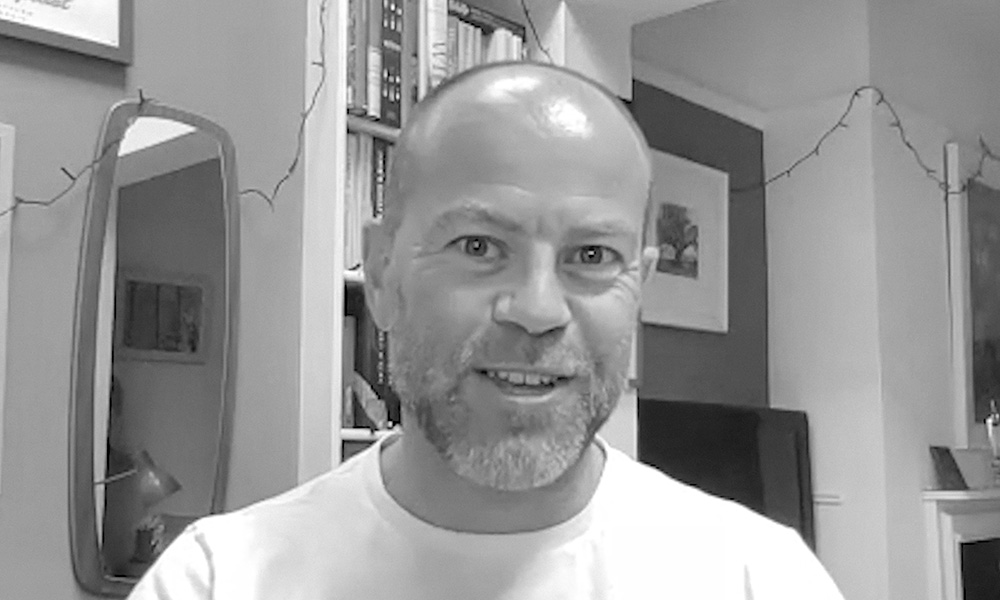There are still too many barriers and biases facing women in business today, and a huge imbalance in the leadership of the world’s top firms. And that’s bad news because ensuring women are properly represented in the workplace is not only the right thing to do, but it also makes sound business sense since companies with greater gender diversity in their executive team tend to be more profitable and generate greater value. So, why wouldn’t you want to do all you can to encourage a better balance between male and female executives at all managerial levels?
Unfortunately, that’s just not happening in many companies. A recent report from Gartner found, for instance, that nearly 9 out of 10 HR leaders thought their organization hadn’t done enough to boost diversity. As Lauren Romansky, one of the Gartner team, said: “Many organizations haven’t prioritized diversity over the years and find themselves with homogenous workforces and especially leadership teams.”
But there are signs of progress in some sectors. New research by Deloitte suggests 1 in 4 leadership roles in technology firms will be held by women by the end of 2022 – and I’m very pleased to say that NTT DATA Romania is well ahead of the game.
Our aim is to create a tech-led environment where everyone has the opportunity to maximize their potential. We see developing our human capital as critically important in ensuring that we’re equipped to handle the disruption that’s happening in our markets.
As a company, our aim has long been to become ever-more ‘intelligent’, that is: to create a tech-led environment where everyone has the opportunity to maximize their potential.
That’s because we see developing our human capital as critically important in ensuring that we’re equipped to handle the disruption that’s happening in our markets of interest as well as the wider national and global economy.
It starts at the top
NTT DATA Romania has been at the forefront of gender equality for a very long time. Our gender ratio has been hovering around 45% female and 55% male throughout the past 10 years. The appointment last May of our new CEO, Maria Metz, was the catalyst to further spur collaborative management and gender balance. That has involved increasing the number of senior posts to create more opportunities for the talented women in our company to bring their unique skills and different ways of thinking to the top table.
Our decision-making is better because it’s more inclusive, which makes our choices more considered. We’re also more innovative as a group because we’re now generating a greater diversity of ideas.
Having a greater range of what are considered ‘feminine’ characteristics – such as empathy and emotional intelligence – within the business has had significant benefits. I believe our decision-making is better because it’s more inclusive, which makes our choices more considered. We’re also more innovative as a group because we’re now generating a greater diversity of ideas, plus there is a more compassionate, empathetic environment that’s making it easier for people to work together.
Creating this gender balance over time has meant that we’ve been able to reinvent ourselves by breaking down the internal rigidities that make it more difficult to respond to external change. This required a mindset change to see the company much more as a single entity instead of a series of different functions.
That led to some well-established departmental boundaries being removed or redrawn, along with a fundamental reworking of some existing processes and workflows. For instance, procedures have been rewritten to make them much simpler, which means less chance of mistakes being made. Also, new communication rules have been defined so there’s greater consistency throughout the company and a conscious effort made to disperse decision-making more widely. We wouldn’t have been able to do this so quickly or so well if we hadn’t also had that gender balance at an executive level.
Having more women involved in this process helped things evolve more smoothly: it meant there was less confrontation and a greater emphasis on collaboration and empathy, arguably the single most important leadership trait, which is why many corporations now offer empathy training.
Challenges are always part of the game
Even so, getting alignment between us all is sometimes a struggle as it means letting go of your specific piece of turf, and really getting to understand what mattered to others – and how one function was connected to another (in what are not always obvious ways).
This usually takes some readjustment, and at first it is like trying to juggle sand because there are so many moving parts, but gradually the pieces fall into place. Of course, honest and open communication is crucial – something that can be difficult in the traditional corporate workplace, where women often feel the need to self-censor their opinions or have their voices drowned out.
To ensure that doesn’t happen, one simple mechanism we have in place is to give everyone a guaranteed time slot in our meetings, in which they can say what they want. That might seem like a small thing, but it matters.
Diverse benefits from diverse leadership
We have definitely been seeing evidence of change permeating through the company along our exciting journey. You can see that in the reprioritization of budgets and in the way that people are working better together. There’s a different feel to the company that’s allowing us to make better decisions and encourage the new talent we need for the future.
Having a woman as CEO certainly sparked our transformation. Women are often thought to make the best CEOs when organizations need to transform because of their ability to motivate others, and it’s been empowering for other women in the company to have her as a role model.
I consider what we have achieved as a success that will give us a competitive advantage both in the short and long-term, and I think having a woman as CEO certainly sparked our transformation. Women are often thought to make the best CEOs when organizations need to transform because of their ability to motivate others, and I think in our case it’s been empowering for other women in the company to have her as a role model, and to feel trusted and encouraged to play their part in making the company better.
We’ve achieved a gender balance that means we’re not only more resilient, but also have an extra dimension that gives us the ability to continually reinvent ourselves going forward. And that’s something every company needs to be able to do in a fast-changing business landscape.



































